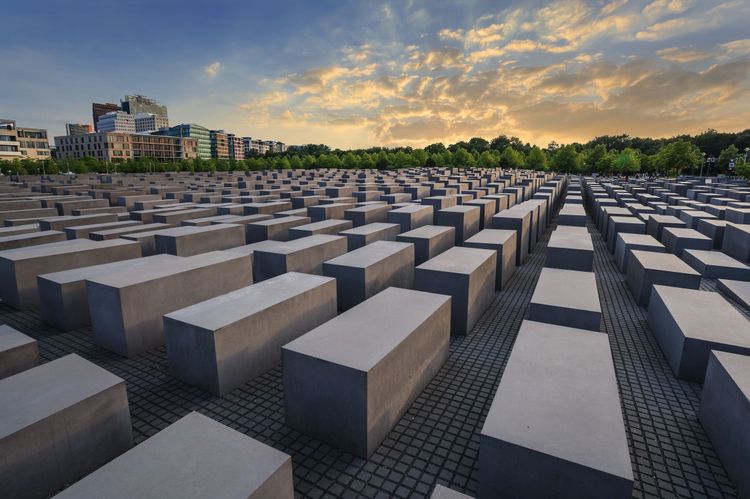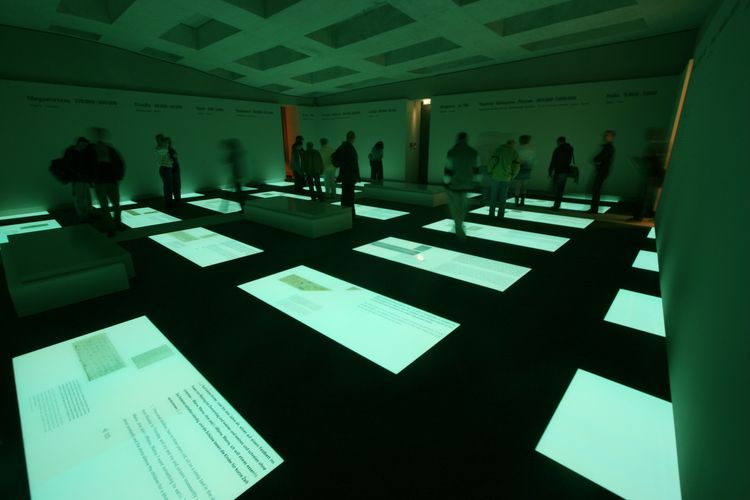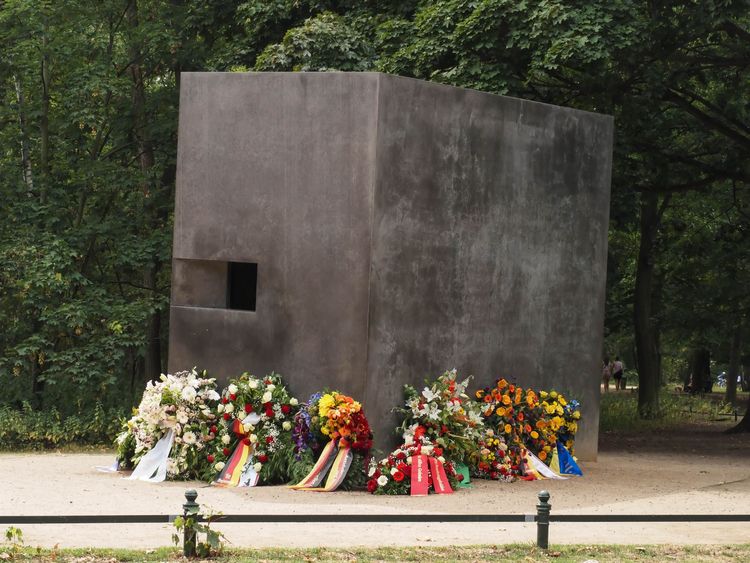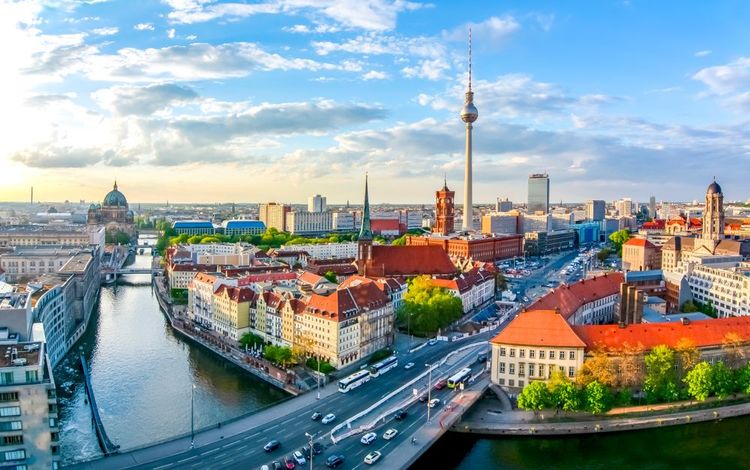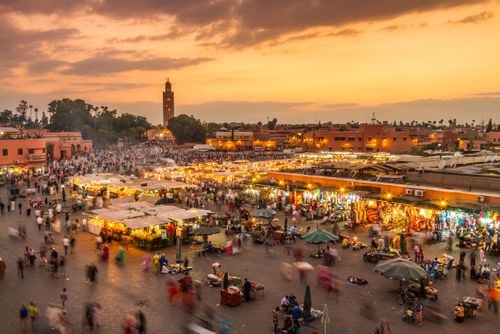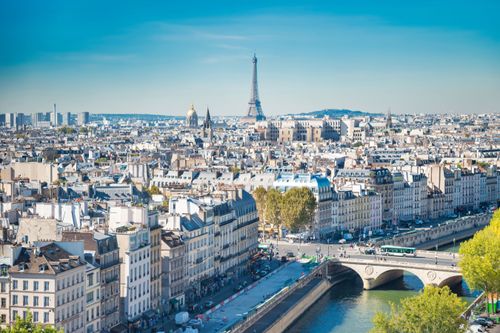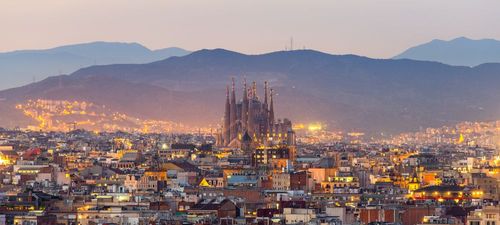In 1999, after extensive discussions, the German parliament decided to create a central memorial, the Memorial to the Murdered Jews of Europe, also called the Holocaust Memorial. The design of this memorial was the result of a competition, which was won by New York architect Peter Eisenman. The memorial was officially inaugurated in 2005. Covering an area of 19,000 square metres, Eisenman placed 2,711 concrete steles of varying heights on the site. This open space is accessible day and night, and from any direction, visitors can fully immerse themselves in its unique spatial layout. The memorial, situated on a gradual slope, takes the form of a wave that appears differently depending on where you stand. The irregularities of the concrete floor often provoke a feeling of vertigo or uncertainty in many visitors. Its design intentionally encourages openness and abstractness, offering individuals the chance to approach the subject in a deeply personal way. The scale of the installation, combined with the absence of a central point of commemoration, challenges the conventional concept of a memorial, and creates a place of remembrance that diverges from the usual approach. The Memorial to the Murdered Jews of Europe is a space that encourages reflection and contemplation in a distinct and thought-provoking way.
 Berlin
Berlin
